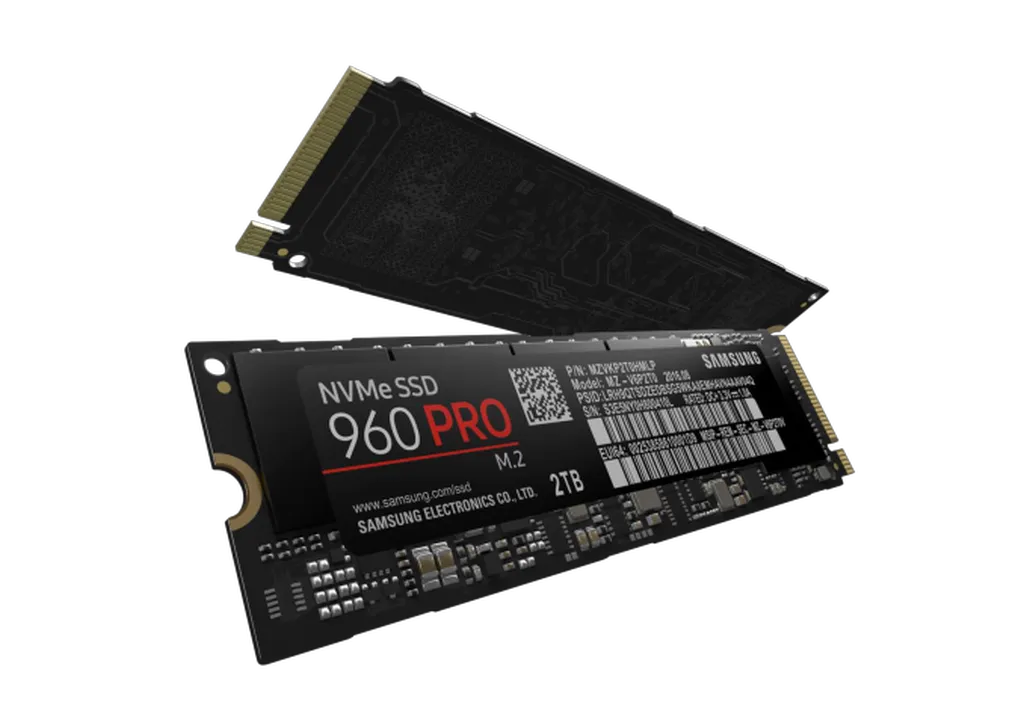
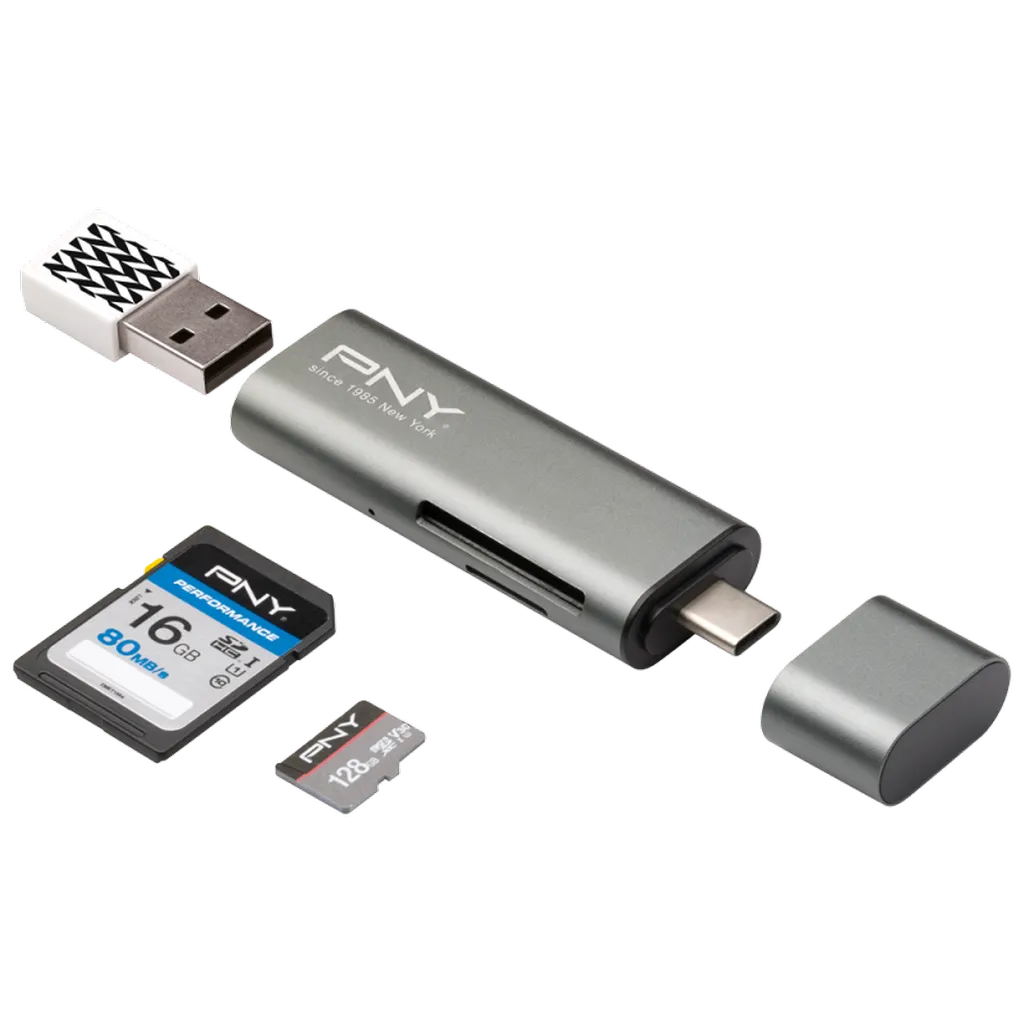
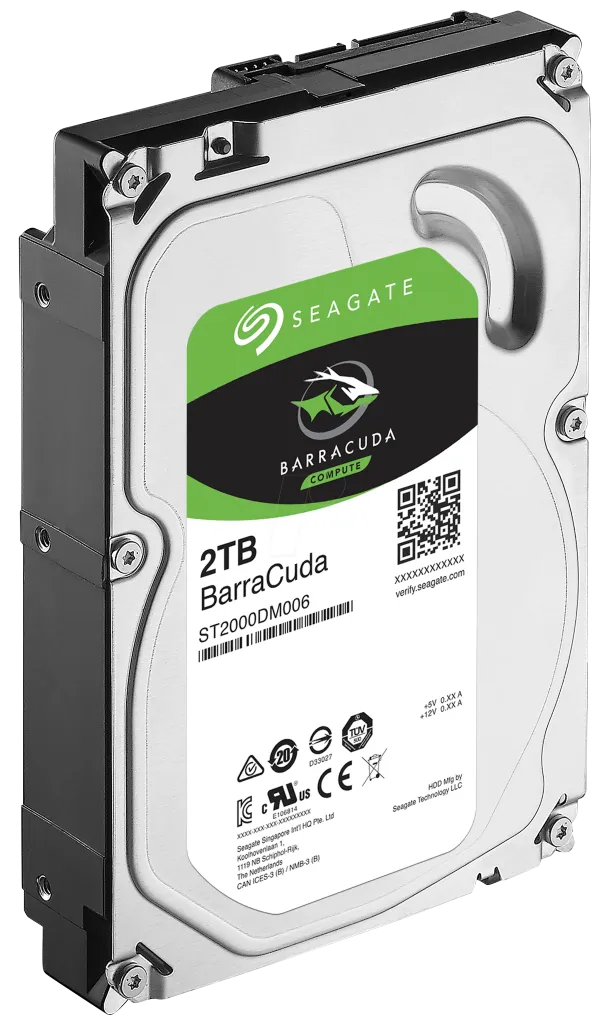
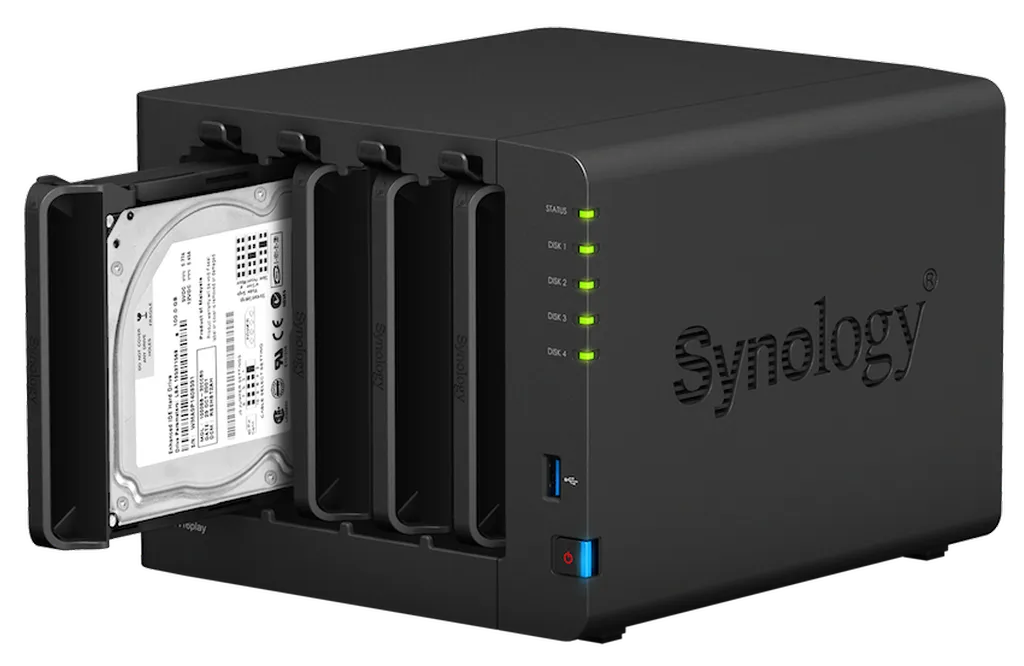
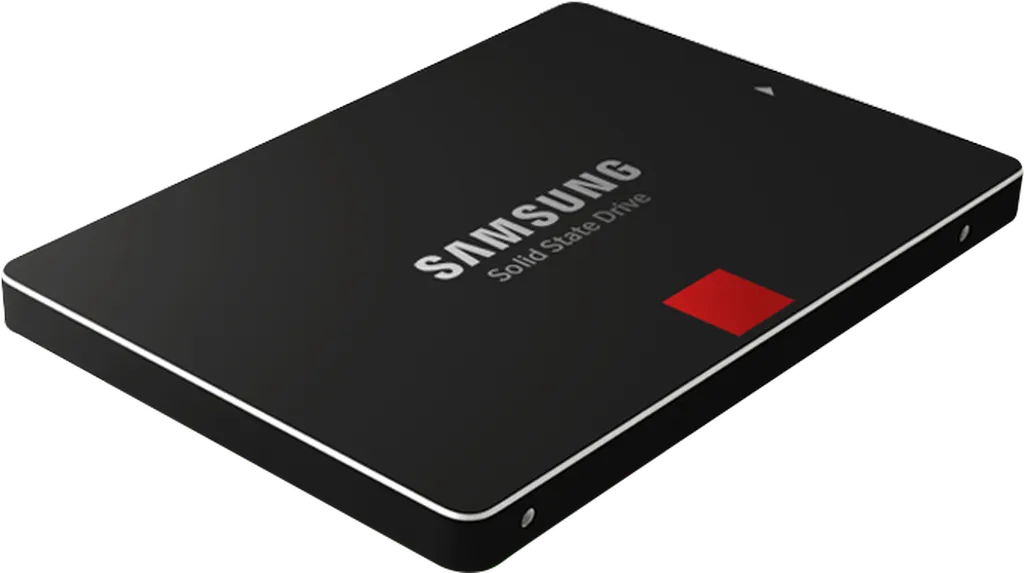
Contact us, ask for help with the next steps, and get your data back!
The IT and multimedia market sees new storage devices appear constantly. Continuous use, improper handling, or a single unlucky move can lead to data loss: the device fails and personal or business data becomes inaccessible.
Hard drive
From 39.000 HUF
SSD
From 50.000 HUF
NVMe SSD
From 70.000 HUF
RAID | NAS | Server
From 100.000 HUF
PC | Desktop
From 39.000 HUF
Laptop
From 39.000 HUF
Pendrive
From 40.000 HUF
Memory card
From 40.000 HUF
We are at your service in case of emergency backup, any time of day, as well as holidays and bank holidays.
Within the shortest possible time, a colleague of us personally takes over the defective media, and delivers it to our premises. Testing begins immediately and a quotation is prepared, it takes an average of one hour.
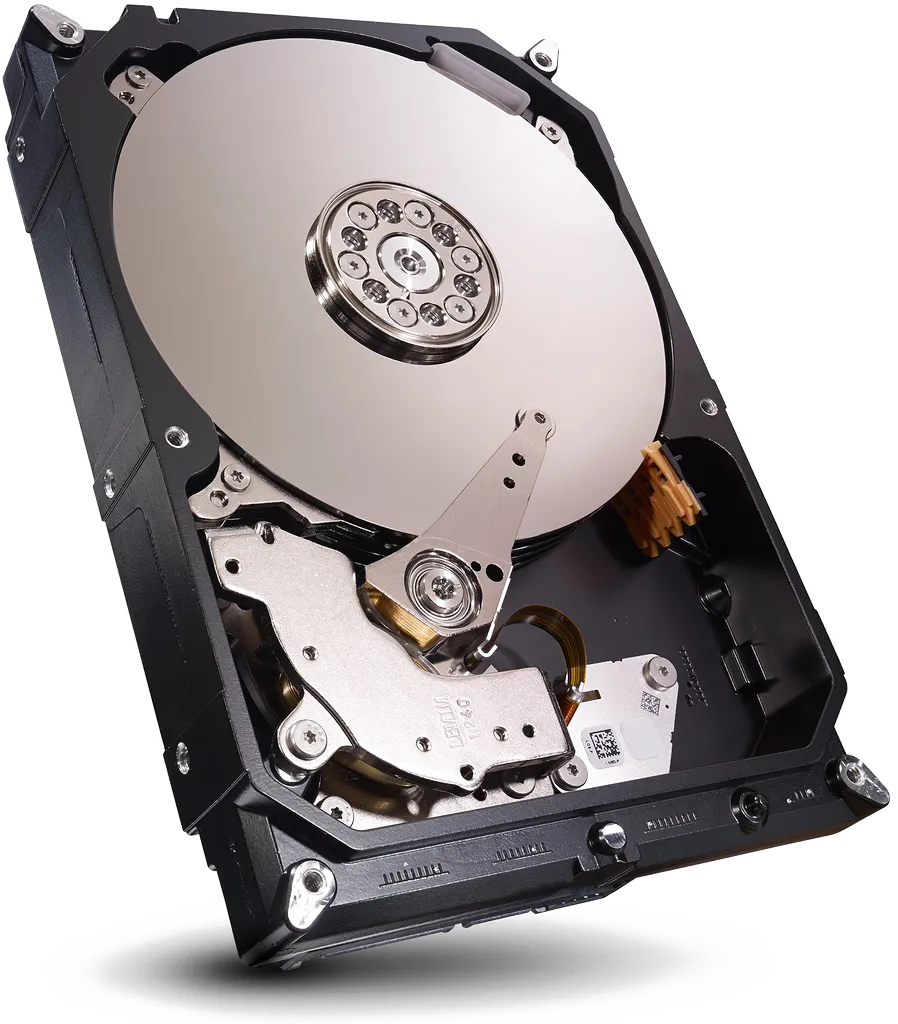

We routinely recover data in cases such as
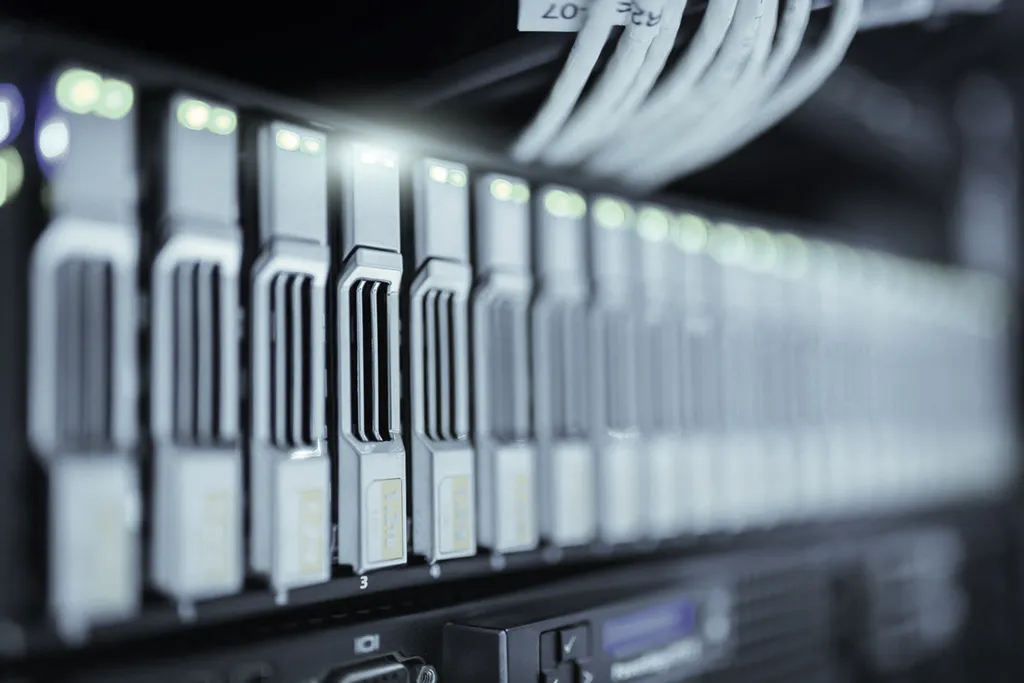





Gyorsak, pontosak, segítőkészek.
Köszönöm szépen a profi munkát!
Profi! Csak ajánlani tudom.
Gyors és profi, csak ajánlani tudom!
Az adatmentési folyamat során kiemelkedő pontosságot és felelősségteljes munkát tapasztaltam, amiért szívből köszönöm a csapat minden tagjának.
Annak ellenére, hogy kezdetben kételkedtem az adatmentés sikerességében, a szakértő csapat meghozta a számomra csodát, és minden dokumentumomat sértetlenül visszakaptam.
Teljesmértékben megvagyok elégedve!! Egy régi HDD-ről kellett gyerekkori fotóakt lementeni, ami maradéktalanul sikerült! Csak ajánlani tudom bárkinek akinek hibás,vagy elveszett adatai vannak.
Bátran ajánlom bármilyen adatmentésre HDD/SSD/Pendrive minden is! Ár-érték arányban a legjobb szolgáltatást nyújtja szerintem BP és környékén! 2TB bad-sectoros disken, 2 fejet is kellett cserélni és a legjobb áron és legjobb arányban csinált adatmentést! Majdnem 99%ban sikeres volt! Köszönet érte!
Köszönöm a gyors és profi segítséget a merevlemezem megmentésében! Már azt hittem, mindent kezdhetek előről, de sikerült megmenteni az összes sulis anyagomat. Gyors, megbízható és ért hozzá – abszolút ajánlom!
Nagyon elégedett vagyok a szolgáltatással! Minden elveszett adatot sikerült visszaszerezni, gyorsan és profin dolgoztak. Köszönöm a segítséget – csak ajánlani tudom a céget!
Szeretném megköszönni a gyors és profi segítséget! Külön köszönöm Zsoltnak a kedvességét! Mindenkinek ajánlom, akinek profi szakértelemre van szüksége! 🙌
Nagyon elégedett vagyok a céggel. Minden rendben volt és végre előkerültek a gyerekeim fényképei. 💪🏼Nagyon boldog vagyok! Köszönöm még egyszer! 🙂
Gyors, profi segítség. Csak ajánlani tudom. Végig barátságos, türelmes kommunikáció. Nagyon hálás vagyok. Köszönöm, így nem vesztek el több éves személyes adataim.
Szeretném megköszönni a gyors és profi segítséget! Az adatmentés zökkenőmentesen zajlott, és végig kiváló tájékoztatást kaptam. Nagyon megnyugtató volt tudni, hogy adataim jó kezekben vannak.Csak ajánlani tudom Önöket, és ha a jövőben szükségem lesz hasonló szolgáltatásra, biztosan ismét Önöket választom!
Egyik pillanatról a másikra tönkrement a külső meghajtóm! Az úr nagyon rugalmas volt a telefonba még aznap el is vihettem hozzá. 2 nap alatt visszahozta évek munkáját..❤️ nagyon szépen köszönöm a gyors, precíz munkát, mindenkinek csak ajánlani tudom!!!!
Csak ajánlani tudom. Remek szakértelem, gyors megoldás.
Végtelenül örülök, hogy visszakaptam a családi fotókat. Nagyon meg voltam ijedve hogy eltüntek a képek. De Zsolt "visszavarázsolta". Ajánlom mindenkinek!
One of the secrets to our long-term success is that we work with good companies. Would you like to be one of them?